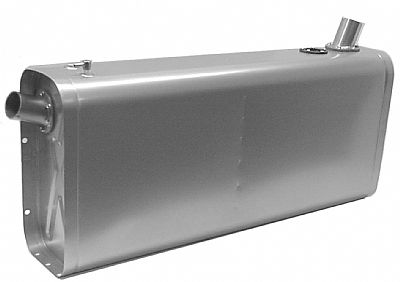
Posted on 09/08/2014 12:08:25 PM PDT by C19fan
Wow, very detailed. Thanks for the link.
I would replaice the Type 59 with the Abrams.

“Over 49,000 Sherman tanks were built during World War Two — more than all the tank production of the Third Reich for the entire war.”
I guess that is close enough to answering my question
That’s a pretty cool site, I’ll have to look at those pix.
Afterwards, I asked him what he thought. Keeping in mind that he rarely said anything negative about anyone....he said "It was a fine movie, but no one looked cold enough."
Ever since then, I judge all war movies by how cold/hot/wet/dry/hungry/dirty/tired/generally miserable the actors look. :-)
Add my vote for the M1xx - it was enough superior in Iraq to change the entire industry. One Iraqi general was quoted as saying that the first sign he had of the M1A1 being in the area was when his T-72’s started blowing up. When another went to sleep the night of the assault he had a fair intelligence line-up of where the American forces were. When he woke up in the morning he had an enemy armored division 200 miles to his rear. Game over.
It had seen action in the 1967 Six Day War.
Still looked like it could go a few more rounds, as well. It was a well-designed machine.
6. Tanks - ur velcome.
Everything changed after “Saving Private Ryan” and “Band of Brothers.”
Nuff said.
The Sherman was actually a compromise between the three traditional Army branches (Infantry, Cavalry and Artillery) that satisfied nobody. The Infantry saw it as a support vehicle. They wanted thick armor, wide tracks, and a big high velocity gun that could destroy other tanks and bunkers. They didn’t really get it.
The Artillery said that since tanks had cannon on board, they were basically mobile artillery. They opposed a long high velocity gun. They wanted a big, short barreled gun that could fire 1,000 rounds without burning out. In reality almost no Shermans lasted long enough in combat to fire 1,000 rounds. They got the gun they wanted.
The Cavalry saw tanks as the heir to the horse. They wanted the tank fast (narrow tracks) to do traditional cavalry functions; exploiting breakthroughs, flanking, scouting, etc. They weren’t interested in tank on tank battles, which they said could be handled by anti-tank guns or a different heavy infantry support tank (which was never built). They mostly got what they wanted. Unfortunately for them, the Germans had other ideas about tank on tank combat, and much better tanks for that job.
Not just the armor.
The turbine engine.
The mobility of 70mph (unrestricted) 70 ton monster.
The sighting/tracking/targeting system.
The stabilized smoothbore gun and incredible ammunition
Enhanced crew protection and survivability.
Etc., etc., etc..
In the fwiw dept, Iraq 2003, 73 Easterling I believe the battle was called. Soviet tank technology and tactics were destroyed.
Just sayin’...
5.56mm
OSHKOSH uses the HEMTT platform for an airport fire suppression vehicle that looks almost exactly like that. It sprays itself in water,drives into the fire and then ejects massive amounts of water and foam.
I knew a Battle of the Bulge vet. One day on the golf course it was very, very hot, but unlike the rest of us he wasn’t complaining about it. When asked why, he said, “I swore at Bastogne that I’d never complain about the heat again.”
They have it wrong.
British Mk IV.
T-34
M4 Sherman
T-55
M1 Abrams.
THe Mk IV was the first effective tank.
The M-4 Sherman, and, especially, the T-34 were two war-winning tanks. The Panther was the German attempt to copy the T-34 and does not belong on the list.
The T-55 was the first MBT and started the revolution that reached the current state with the M-1 Abrams series.
The M-1 Abrams series represents modern behemoths and is the current state of the art.
I thought two were the Hillary and the Reno.
Disclaimer: Opinions posted on Free Republic are those of the individual posters and do not necessarily represent the opinion of Free Republic or its management. All materials posted herein are protected by copyright law and the exemption for fair use of copyrighted works.